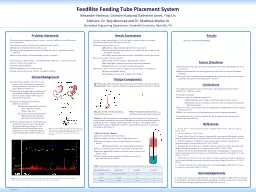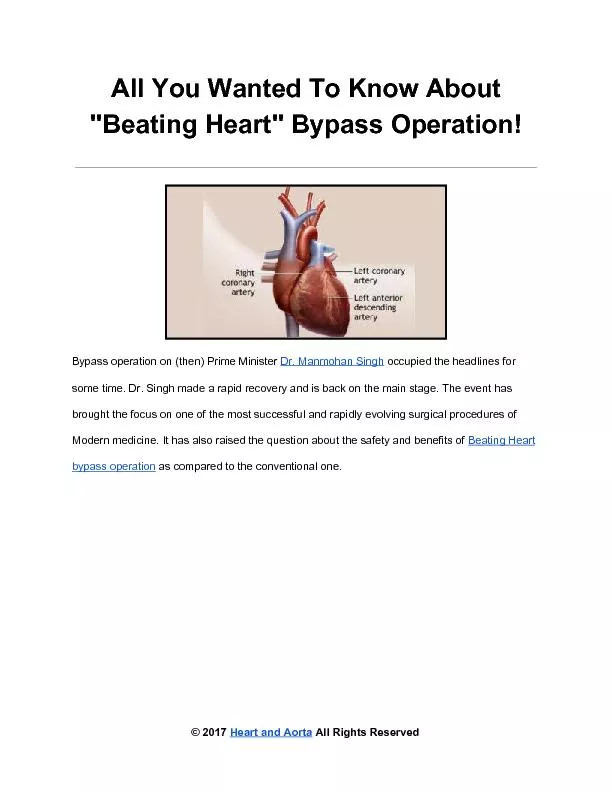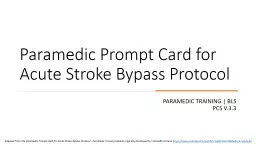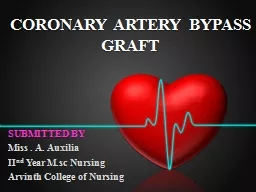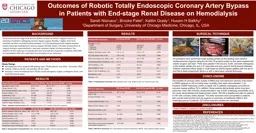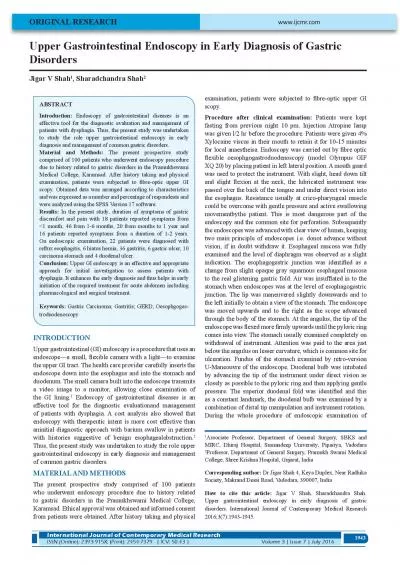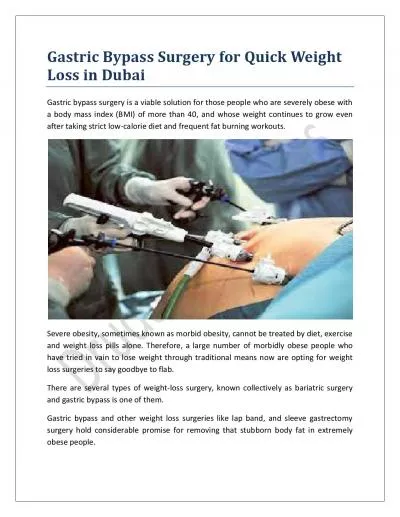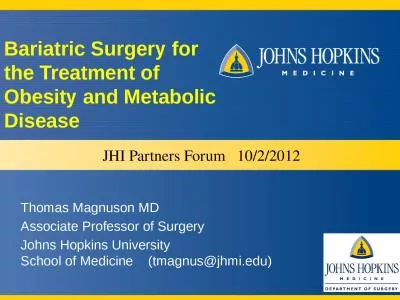PPT-The current gastric bypass procedure is
Author : radions | Published Date : 2020-06-17
invasive expensive and has an incredibly narrow patient population This limits the number of patients who can benefit from its use by Requiring long hospitalization
Presentation Embed Code
Download Presentation
Download Presentation The PPT/PDF document "The current gastric bypass procedure is" is the property of its rightful owner. Permission is granted to download and print the materials on this website for personal, non-commercial use only, and to display it on your personal computer provided you do not modify the materials and that you retain all copyright notices contained in the materials. By downloading content from our website, you accept the terms of this agreement.
The current gastric bypass procedure is: Transcript
Download Rules Of Document
"The current gastric bypass procedure is"The content belongs to its owner. You may download and print it for personal use, without modification, and keep all copyright notices. By downloading, you agree to these terms.
Related Documents

